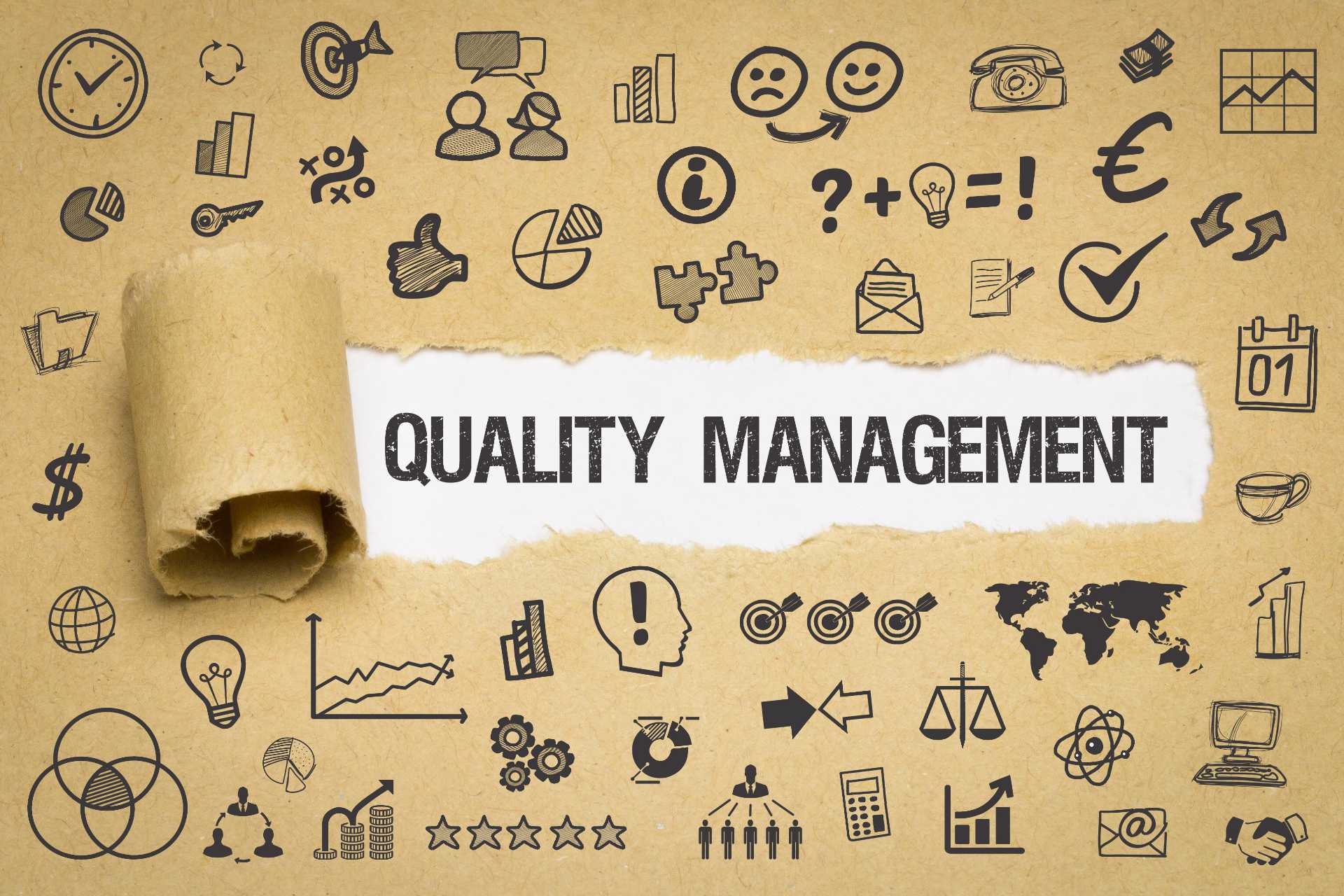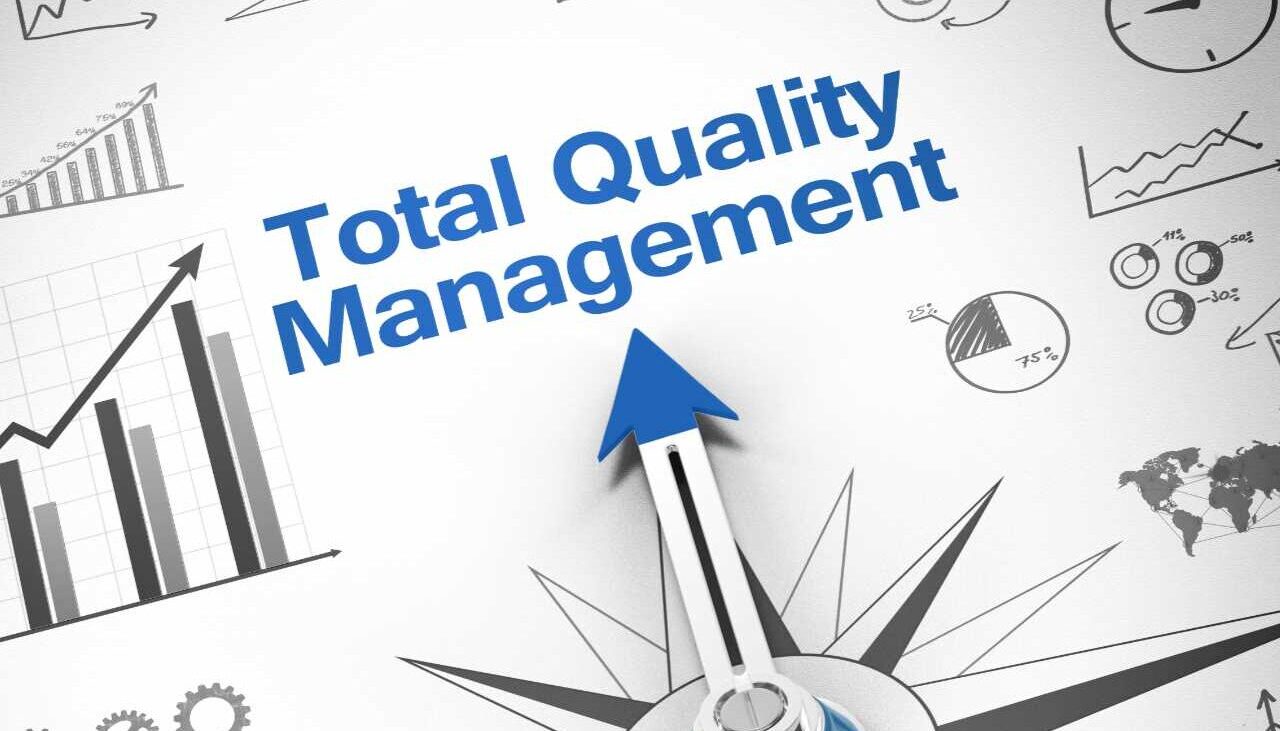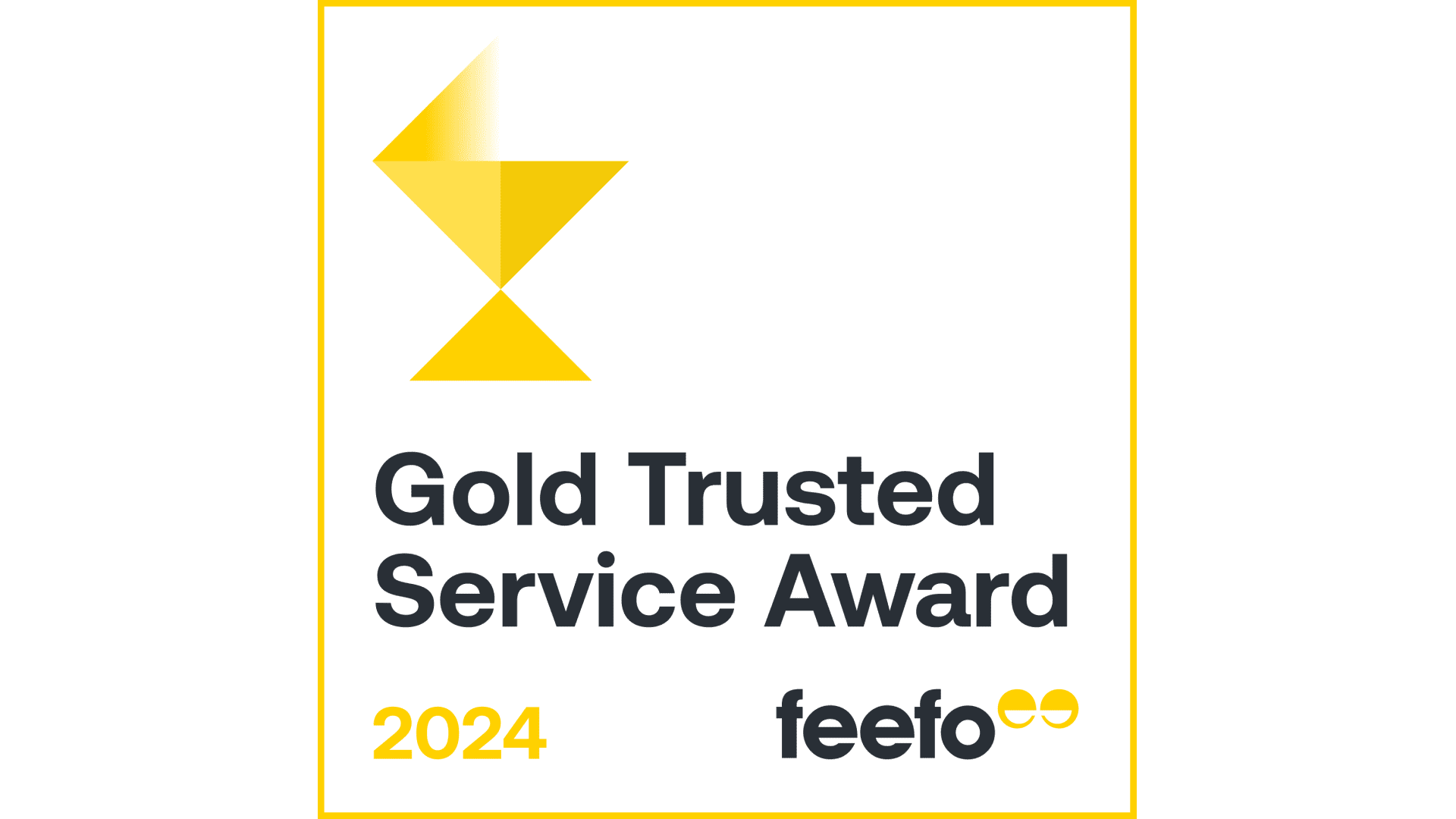Quality management describes an organisation’s process to ensure that its products and services meet established standards.
A practical approach to achieve this is to implement a quality management system (QMS). It provides a framework that helps streamline processes, enhance communication and ensure that every aspect of the organisation’s operations aligns with best practices.
However, adopting a QMS isn’t easy. This guide details seven common challenges Irish organisations face when planning and implementing a QMS. We also discuss how ISO 9001 certification can help overcome those obstacles.
Considering ISO 9001 as a small business? Read our guide to 5 myths about ISO 9001 for small businesses.
7 challenges in implementing a QMS
Although there are countless benefits to implementing a QMS, you must carefully plan the implementation process. Here are seven quality management issues that organisations frequently encounter.

1. Resistance to change and lack of buy-in
Resistance to change is often a typical response within an organisation faced with change that could affect people, roles and processes.
That’s because employees can equate the feelings of a positive work environment with the status quo and business as usual.
However, stagnation is rarely good in the business world, and resistance to change – especially among senior decision-makers and business leaders – is one of the most common problems you’ll face when implementing a QMS.
Senior personnel often focus on the immediate costs and the disruption to business processes that come with implementing a QMS. However, you’ll need to persuade them of its long-term advantages and support with change management programmes, good communication and effective resourcing to overcome resistance.
Read our guide to quality management for small businesses.
2. Poor communication and coordination
Another common challenge organisations face when implementing a QMS is poor communication and coordination.
The implementation process requires collaboration across multiple teams and senior stakeholders. This means they must understand what’s required of them at each stage and keep all relevant parties informed of their actions.
Collaboration can become extremely difficult if you don’t have effective lines of communication or if the team cannot communicate clearly. This is when delays, mistakes and misunderstandings can occur.
3. Limited resources and budget
Implementing a QMS is not just about buy-in and convincing top management of the benefits. You also need adequate budget and resources to facilitate a successful QMS.
A lack of resources and budget can hinder progress in several ways. For instance, it can reduce the scope of employee training, limit your ability to invest in technology or equipment and hinder continual improvement initiatives.
For a QMS to succeed, your organisation must carefully allocate its budget and resources. If you don’t have the capital to begin the implementation process, it may be best to delay the process.
A poorly built QMS can be as bad as not having one at all.

4. Hard-to-measure quality metrics
To improve quality, your organisation needs to know its current quality standard.
Without this information, you won’t know the scale of the project ahead of you or where to prioritise activities.
But because “quality” is a subjective term that might be influenced by external variables such as market conditions, it can be challenging to quantify what constitutes high quality and measure it effectively.
This is why you need a reliable method of capturing appropriate key performance indicators (KPIs).
Quality should be converted into quantitative data to measure and compare information. Doing so can help you spot strengths and weaknesses in your QMS, which will be crucial in your continual improvement practices.
5. A rigid or inflexible strategy
A clearly defined strategy is essential for keeping your QMS on the right path. Unfortunately, many stakeholders are inflexible or unaccommodating of unexpected issues. This can slow progress, cause stress and damage your long-term success.
It’s understandable that management wants a carefully planned, well-executed QMS, but it may be impossible to predict every development. Regular revisions to your plan can provide direction, while smaller midpoint goals allow you to track progress on a smaller scale and make revisions less daunting.
6. Failing to incorporate customer feedback
The people who know the quality of your products and services the best are your customers. They have no internal bias from the development process and handle your products and services in the intended environment.
It would be best to incorporate customer feedback to maintain customer loyalty, retention and satisfaction. The more often you give them what they want, the more satisfied they will be.
7. External resistance
Implementing a QMS is a largely internal project, but it will also require input from suppliers and other stakeholders. If they’re unhappy with your changes, that could harm existing relationships, especially with suppliers and customers with whom you have not effectively communicated the changes.
One challenge they might face is the demand for your supply chain to adopt similar quality management standards. This may face challenges in implementing, bringing suppliers on board, and effective monitoring and measuring.
Good communication around the benefits – such as reduced waste and potential for order growth – can help suppliers align with activities with your QMS strategy.

Overcoming quality management challenges with ISO 9001
The most effective way to implement a QMS is to follow the specification outlined in ISO 9001.
The international standard describes best practices for quality management, and the framework recognises many of the challenges outlined here.
ISO 9001 puts customers at the heart of quality management, providing Irish organisations with the key to QMS success. Its standardised process provides a tried-and-tested approach to the implementation process.
Read our guide to the 8 principles of ISO 9001.
Organisations that follow its principles will be equipped to meet customer demands and regulatory requirements relating to product quality assurance.
It can also:
Ensure consistency in the delivery of products and services to customers.
Increase organisational competitiveness through operational efficiencies.
Boost productivity and help reduce wastage and costs.
Enable organisations to embed continuous improvement practices.
Increase business opportunities that require current ISO 9001 standards.
Learn more about the other benefits your organisation can realise by becoming ISO 9001 certified.









